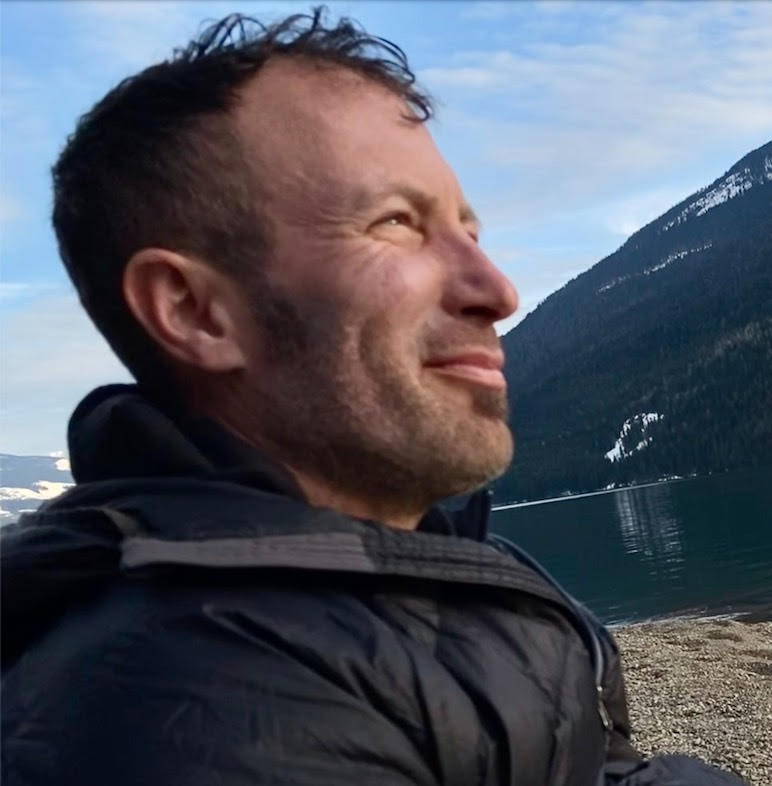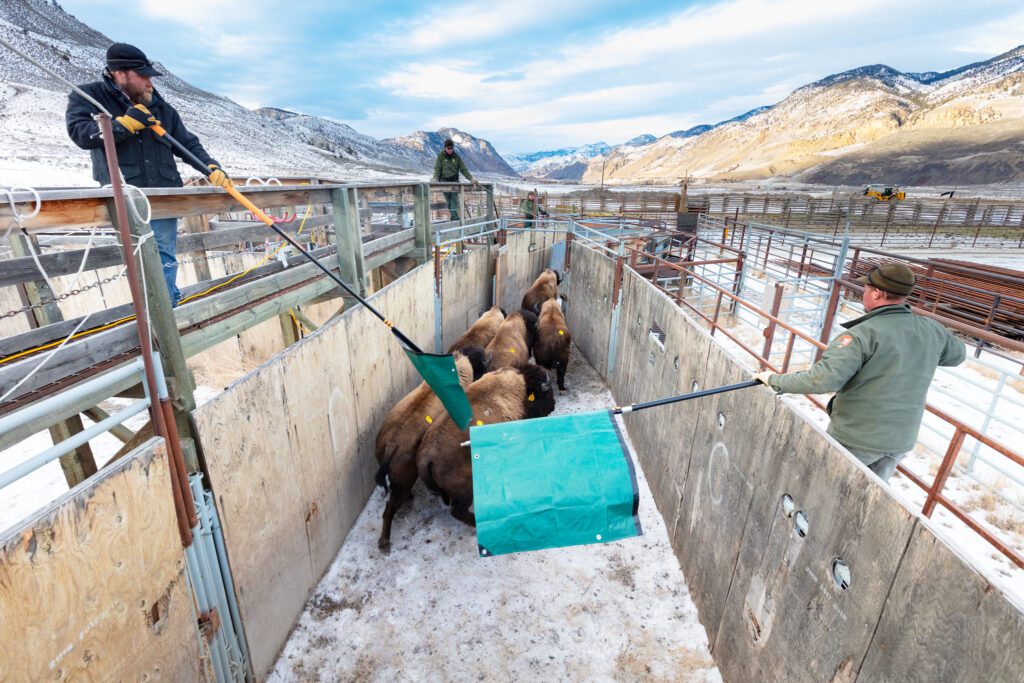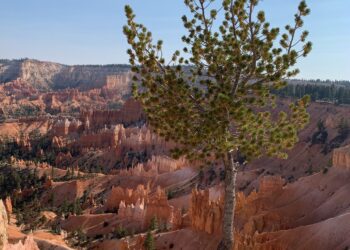By Benjamin Alva Polley EBS COLUMNIST

A century ago, we didn’t have the foresight to realize Yellowstone, like many national parks, needed to be bigger. The lines we drew were a great idea, but they didn’t include wintering ranges on the valley floor. Winter pummels the Yellowstone plateau yearly with deep snowpack and cold temperatures, forcing many bison, deer, elk, and antelope to instinctively migrate out of the park boundaries to seek greener pastures at lower elevations. But much of the land outside of the park is owned by ranchers who run cattle on private and public lands, some of whom don’t want to share grazing rights with large wily mammals like bison—the only park animals whose numbers are aggressively controlled. Many people have no idea that many bison who leave the park in winter are either quarantined for brucellosis, killed by the state of Montana, allowed to be hunted by eight western tribes, or transported to other tribal reservations elsewhere.
Historically, American bison ranged from Alaska to the Gulf of Mexico, covering two-thirds of the North American continent around 9000 B.C. in a rich grassland called the Great Bison Belt. In the late 1800s and into the 1900s, millions of bison were extirpated from their former range by the westward expansion of European settlers and fur traders, cutting off the primary food supply of many Native American tribes who hunted the animals. A few remaining bison hid in Yellowstone’s mountainous, rugged Caldera, where their numbers steadily increased.
Although the park’s current carrying capacity is estimated at 10,000 animals, in 2022, biologists counted 6,000 animals parkwide—but still, Yellowstone officials manage bison each winter by culling about a third of that population. Vehicle collisions have killed 22 bison along U.S. Highway 191 outside West Yellowstone and two outside Gardiner—another reason not to waste time installing more wildlife bridges—but the agency also actively manage their numbers. One method is through hosting hunts. Over the last four months, nearly 8 bison a day have been killed with a few days having nearly 50 killed, with 1,262 killed thus far and 1,544 removed entirely from the Yellowstone ecosystem. Tribes have killed 929, there were 100 unknown hunts/harvests (which means it’s unknown whether it was a state or tribal hunter) and 75 state hunter lottery tags, equaling 1,104 hunted this season out of 1,262 dead.
But many of those animals are part of the tribal treaty hunts, and the bison harvested by tribes are distributed throughout those communities. In addition, the Bison Conservation Transfer Program relocates bison that wander outside the park to reservations. Bison were and still are culturally significant to many tribes, and this is a small step toward getting back what was drastically taken away. Two hundred and eighty-two bison were transported to the Assiniboine and Sioux tribes at the Fort Peck Reservation. One-hundred and seventy have been distributed to 23 other tribes across 12 states. Over 805 bison are in a capture facility that Yellowstone released inside the park boundaries after the public and tribal hunts, which has ended for some tribes but not others. The Shoshone-Bannock can hunt year-round.

As for the rest of the culled bison, they are eliminated because of ‘safety concerns’ between bison and the public, like having too-close encounters, property damage, and fear of disease transmissions from bison to cattle.
Most bison kills occur outside the gates of Yellowstone in Beattie Gulch near Gardiner, Montana, where a third of the park’s total bison population seeks shelter from winter’s wrath. Following their wild instincts to find winter range, many of these animals are punished out of fear of spreading brucellosis to cattle.
Brucellosis is a disease caused by bacteria that affects many animals, including bison, cattle, deer, dogs, elk, goats, swine, and sheep. The symptoms include fever, fatigue, joint pain, and weight loss. It can decrease milk production, cause animals to abort, infertility, and lameness. The disease can also be transmitted to humans, making it all the more dangerous. Although elk also carry brucellosis and also leave the park for winter range, bison are the only ungulates targeted. In 2000, the state of Montana and Yellowstone National Park initiated the Interagency Bison Management Plan to maintain wild and free-ranging bison and control the transmission of brucellosis. This allowed the state to sue Yellowstone over bison leaving park boundaries because of the ‘brucellosis risk.’
“There has never been a case where bison have ever given the disease to cattle,” said Jackson Doyel, a wildlife biologist for the Buffalo Field Campaign, an activist group working to protect bison leaving the park. “Elk have given it to cattle 30 times in the last 15 years in the Paradise Valley, where the bison go. There is no Department of Livestock managing elk or no firing lines for them. Managing a wild animal doesn’t make sense for the Department of Livestock.”
Doyel believes that the Department of Livestock doesn’t want bison grazing in Montana’s rangeland for fear there won’t be any grass left for cattle.
Yellowstone’s bison leave the park each year, and many run into their demise, not for being used as food, medicine, and other culturally significant regalia, but for being big, burly, free-willed animals. If the public wants to get involved to help save bison from unwarranted killing and waste due to fear, contact the Buffalo Field Campaign. They could always use help.
Benjamin Alva Polley is a place-based storyteller with stories published in Outside, Adventure Journal, Popular Science, Field & Stream, Esquire, Sierra, Audubon, Earth Island Journal, Modern Huntsman, and other publications at his website www.benjaminpolley.com/stories. He holds a master’s in Environmental Science and Natural Resource Journalism from the University of Montana.















